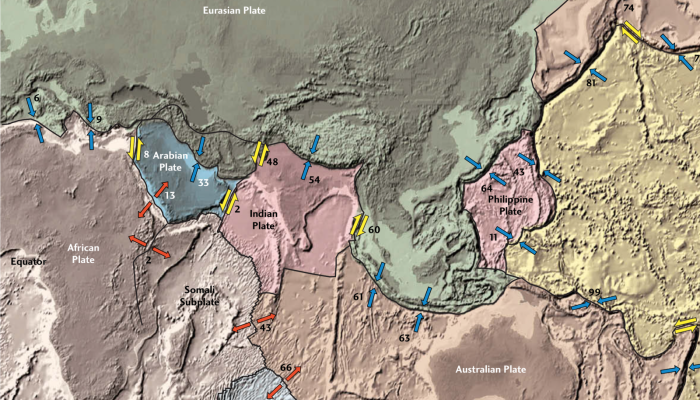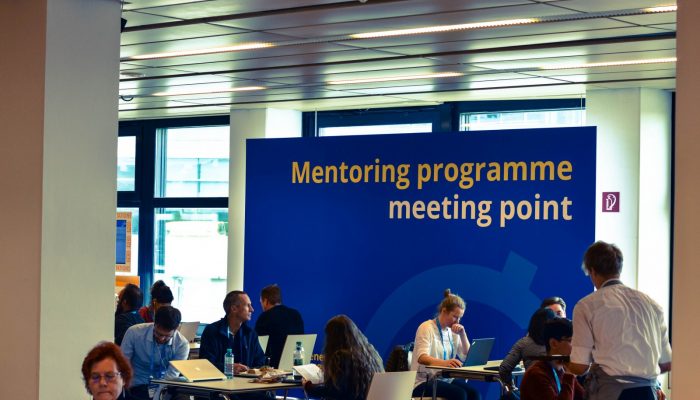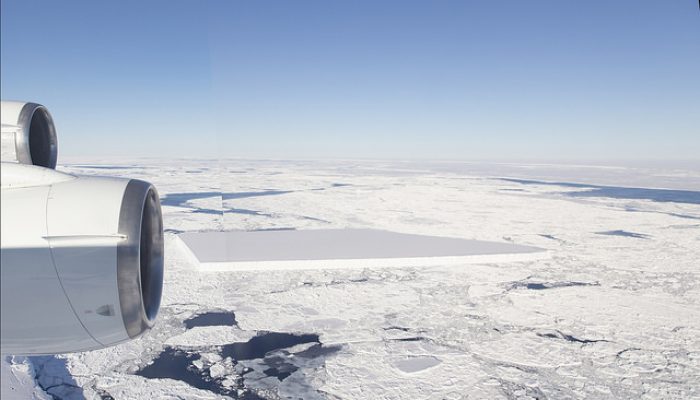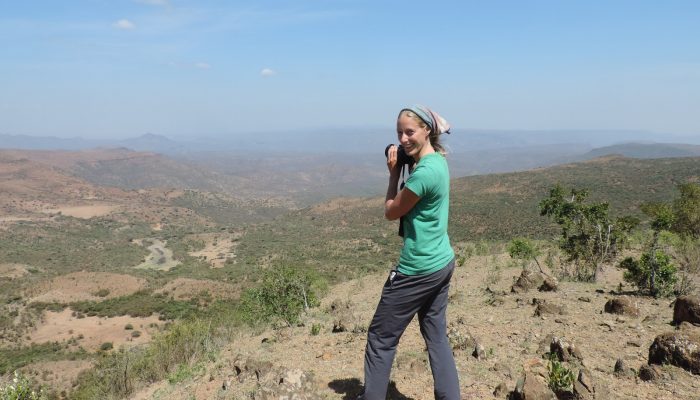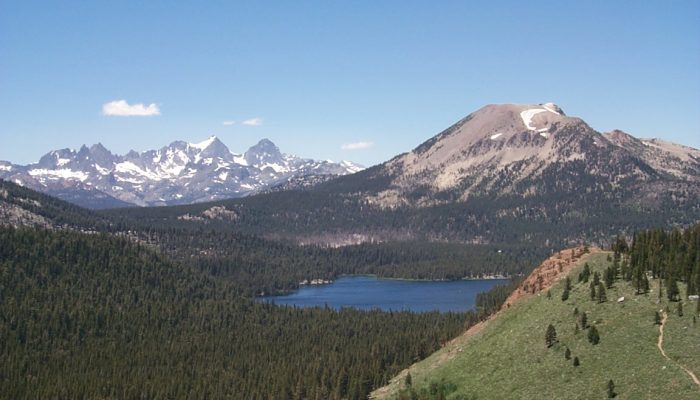The Geodynamics 101 series serves to showcase the diversity of research topics and methods in the geodynamics community in an understandable manner. We welcome all researchers – PhD students to Professors – to introduce their area of expertise in a lighthearted, entertaining manner and touch upon some of the outstanding questions and problems related to their fields. For our first ‘Geodynami ...[Read More]
Tectonics and Structural Geology
Meeting Plate Tectonics – Walter Roest
These blogposts present interviews with outstanding scientists that bloomed and shape the theory that revolutionised Earth Sciences — Plate Tectonics. Get to know them, learn from their experience, discover the pieces of advice they share and find out where the newest challenges lie! Meeting Walter Roest Walter Roest was born in Dordrecht, The Netherlands. He has had an impressive international c ...[Read More]
GeoLog
Winners of the EGU Best Blog Posts of 2018 Competition
There is no doubt that 2018 was packed full of exciting, insightful and informative blog posts. An impressive 382 posts were published across the EGU’s official blog, GeoLog, as well as the network and division blogs! In December, to celebrate the excellent display of science writing across the network and division blogs, we launched the EGU Blogs competition. From a list of posts selected by our ...[Read More]
GeoLog
Being a mentor at the General Assembly
With more than 15,000 participants, 4,700 oral presentations, 11,000 posters and 1,400 PICO presentations, the EGU General Assembly can be an overwhelming experience for any scientist, whether it’s your first time or 10th time attending. However, you can make conference networking a bit easier by signing up for the EGU 2019 Mentoring Programme! This mentoring scheme aims to facilitate new connecti ...[Read More]
Natural Hazards
Landslide forecasting and warning service in Norway
Today our blog will host Graziella Devoli who will tell us about the Landslide Forecasting and Warning Service currently operating in Norway by the Norwegian Water Resources and Energy Directorate (NVE). Graziella is Senior Geologist at NVE and she has PhD in Environmental Geology and Geohazards obtained at the University of Oslo (UiO) where she also teaches in the Geohazards master program. At NV ...[Read More]
GeoLog
Imaggeo on Mondays: The calm before the storm
The picture was taken during the 2015 research cruise HE441 in the southern German Bight, North Sea. It features the research vessel Heincke, on a remarkably calm and warm spring day, forming a seemingly steady wake. The roughly 55 metre long FS Heincke, owned by the German federal government and operated by the Alfred Wegener Institute, provides a great platform for local studies of the North Sea ...[Read More]
Cryospheric Sciences
Image of the Week – What’s Hot in the Cryosphere? A 2018 review
Every year, humanity understands more and more about a remote and unforgiving component of the Earth system – the cryosphere. 2018 has been no exception, and in this blog post we’ll take a look at some of the biggest scientific findings of cryospheric science in 2018. We will then look forward to 2019 and beyond, to see what the future holds for these rapidly changing climate component ...[Read More]
Geodynamics
A belated happy new year!
It was that time of the year again: holidays! Time to take a break from work, relax, and see all your friends and family again. The blog team is no different: we took a break from blogging for a little while as well, so you had to survive the holidays without us! Did you survive Christmas day without one of our blogposts? It must’ve been dreadful, I know, but that’s life! Luckily, we h ...[Read More]
GeoLog
GeoTalk: Alena Ebinghaus, Early Career Scientist Representative
In addition to the usual GeoTalk interviews, were we highlight the work and achievements of early career scientists, this month we’ll also introduce one of the (outgoing) Division early career scientist representatives (ECS). The representatives are responsible for ensuring that the voice of EGU ECS membership is heard. From organising short courses during the General Assembly, through to running ...[Read More]
GeoLog
Geosciences Column: Using volcanoes to study carbon emissions’ long-term environmental effect
In a world where carbon dioxide levels are rapidly rising, how do you study the long-term effect of carbon emissions? To answer this question, some scientists have turned to Mammoth Mountain, a volcano in California that’s been releasing carbon dioxide for years. Recently, a team of researchers found that this volcanic ecosystem could give clues to how plants respond to elevated levels of carbon d ...[Read More]


